What Science has done for me

By Fylgia Romero
Ellesmere College
In a world full of war and conflict, science plays a very significant role for me – a young and curious member of society.
Science is defined as a ‘branch of knowledge’. Science is often associated with white laboratory coats, big textbooks and confusing equations. But science is more than just these things to me. Science for me is an eye-opener to the world around me and predominantly, the world inside me. Science is a key to every door I face throughout many different aspects I find myself in.
Science continues to play significant roles in every aspect of my journey from the moment I was still a single cell. Little did I know how far we have come in science looking back through history and to how we used to live. But little by little, it all starts to piece together. Science never fails to fascinate me as a youth full of awe and wonder.
From my understanding, science has always been there. Everything works together in our universe and it has allowed the human species to survive to this date. However, not all of us are fortunate. I am blessed to be living in this developing country. We are blessed to have the freedom and access to modern technology as well as people who have the knowledge of how to heal diseases. Science has slowly taken over. Because of the development of the medical field and our knowledge we now know how to cure, even the most degenerative diseases, saving many innocent lives. Our knowledge of physics has taken us above the skies exploring what we have not yet seen. We now have satellites which allow us to connect with people all over the world and warn us of meteorological issues. Our knowledge of chemistry has made us see matter and what does and doesn’t really matter. We now have laboratories that particularly look at creating promising chemicals in the hopes of contributing to society’s needs. Our knowledge of biology and agriculture have made us see life in different forms – all of great value. We now have procedures we consider trustworthy enough to push us, individuals, to our next steps. Science has woven our society closer together than we have ever been before having the majority of us united with the same scientific beliefs. These are just little pieces that come together to make science what it is right now.
It all depends on the context. For me, as a person of strong faith, I believe science is interchangeable with faith. As much as most non-believers say that science challenges faith, I believe that science and faith coexist in this argumentative society of ours. I, as a science student, believe that the things around me are made up of millions of tiny particles – without seeing them. I believe that there are millions of other universes outside ours – without seeing them. I believe in the different biochemical systems inside my body – without seeing them. And this is why I consider science and faith connected because faith is a matter of believing without seeing, thus having faith in science and in my Creator – whom I don’t see but still strongly believe in.
Science is a realm that needs to be explored much further. There is so much we do not understand and some things we may never will. Is there even an end to knowledge? We continue in the hopes of making our world a better place for everyone even if it costs a great sacrifice. They say ignorance is bliss. But where would we be without the knowledge we have gained through discoveries made in our past? Science has done a lot for me and have seen that it has too for many individuals. As we continue putting these pieces together, I believe that science will continue expanding in our minds. We can only hope that future generations will continue our search for answers for the good.


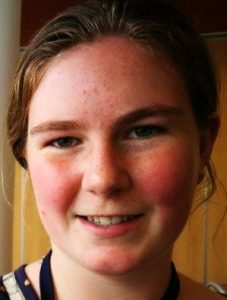
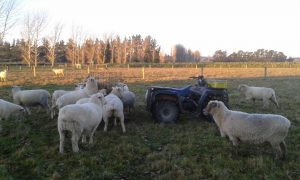
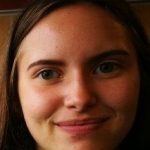
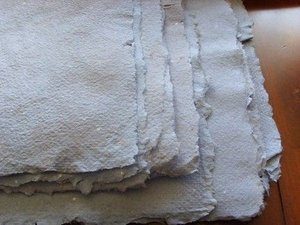
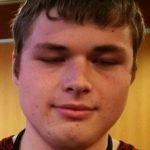
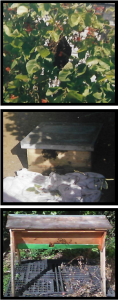



Recent Comments